Silent Hill f arrives shrouded in fog and technical mysteries. Built on Unreal Engine 5, this haunting journey through 1960s Japan delivers atmospheric horror at a cost: demanding performance requirements and frustrating stutters that can break immersion at the worst possible moments.
The game’s Lumen lighting system, outdated upscaler implementations, and inherent UE5 streaming problems create a perfect storm of optimization challenges.
Silent Hill f’s Performance DNA
Before diving into settings, you need to understand what makes Silent Hill f unique technically. Built on Unreal Engine 5, the game uses Lumen for its haunting lighting system. This isn’t optional ray tracing you can toggle off – it’s the core of how the game renders its foggy, atmospheric world.
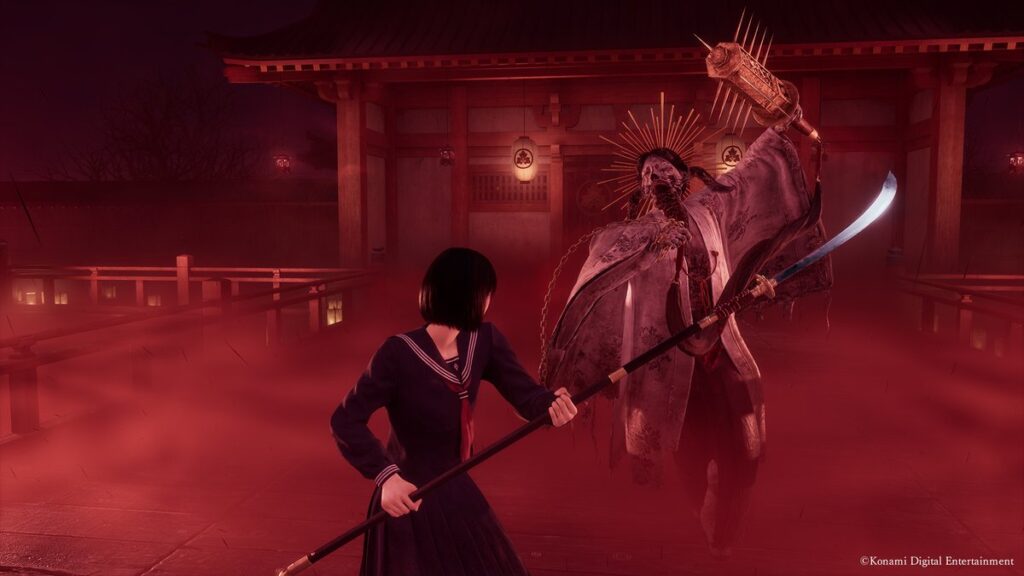
The real performance killer isn’t raw graphics horsepower. It’s two specific issues that affect even RTX 4090 systems: shader compilation stutter (hitches when new effects appear) and traversal stutter (frame drops when moving through the world). These aren’t hardware limitations – they’re engine-level problems that require specific solutions.
System Requirements for Silent Hill f
The official requirements hide important details. Here’s what Konami’s specifications actually translate to in real-world performance:
Real-World Performance Targets
-
Minimum Spec (GTX 1070 Ti)
Performance Mode720p 30FPS
-
Recommended (RTX 2080)
Balanced Settings1080p 60FPS
-
High-End (RTX 4070+)
Quality Mode1440p 60FPS
Quick Settings Profiles
Skip the guesswork. Choose the profile that matches your hardware for instant optimization:
Older or budget systems
Mainstream gaming PCs
High-end enthusiast builds
Graphics Settings: Silent Hill f
Not all settings are created equal. This breakdown shows exactly which settings to prioritize for the biggest performance and FPS gains with minimal visual sacrifice:
Settings Performance Impact Analysis
-
Shadow Quality
Medium-26% FPS
-
Shader Quality
Medium-15% FPS
-
Indirect Lighting (Lumen)
Lumen High-8% FPS
-
Reflections
Lumen High-7% FPS
-
Texture Quality
Match VRAMVRAM Dependent
-
Visual Effects
High (Keep fog)-5% FPS
-
Post Processing
Medium-3% FPS
-
View Distance
MediumMinimal
The DLSS/FSR Fix
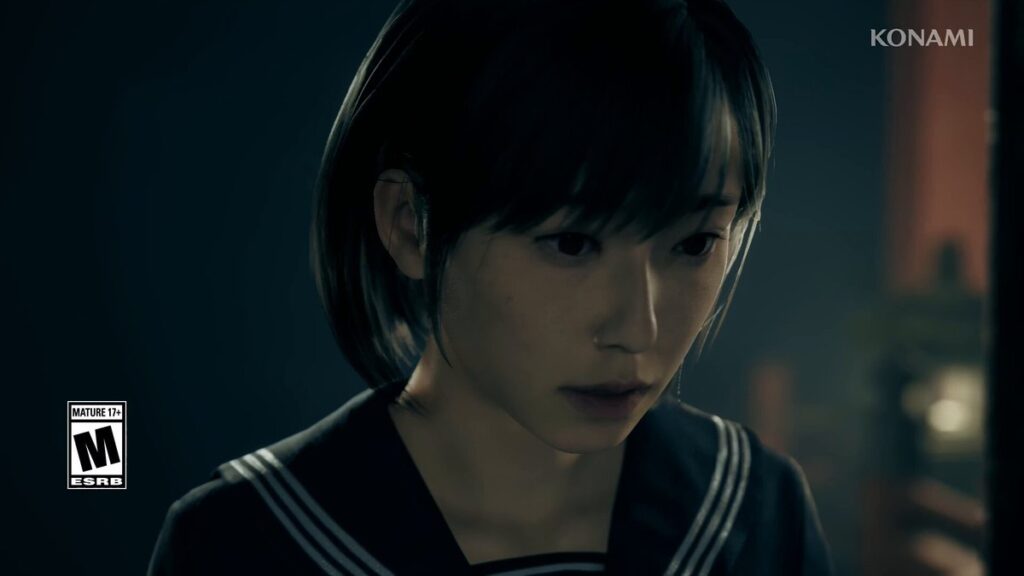
Silent Hill f’s biggest optimization failure is shipping with outdated upscaling technology. The included DLSS 3.7.10 is from May 2024, missing crucial improvements and stability fixes. Here’s how to update it for massive performance gains:
Advanced Silent Hill f INI Tweaks
For those willing to edit configuration files, these tweaks can eliminate the traversal stuttering that plagues even high-end systems. Navigate to C:\Users\[YourName]\AppData\Local\SHf\Saved\Config\Windows\ and edit Engine.ini:
Stutter Elimination Package
Add these lines to fix texture streaming and traversal stutters:
Enable Hardware Ray Tracing
For RTX/RX 6000+ cards, enable hardware-accelerated Lumen for better quality at no performance cost:
Emergency Low-End Mode
For systems below minimum spec, disable Lumen entirely (massive visual downgrade but huge FPS boost):
System-Level Optimization Checklist
Don’t forget these Windows and driver settings that can make or break your performance:
Complete Optimization Settings Tables
Here are the complete recommended settings for each performance profile:
Performance Profile (30-60 FPS @ 1080p)
- Resolution 1920×1080 Native
- Anti-Aliasing DLSS/FSR Performance Mode Updated Version
- Indirect Lighting Lumen High Never Lower
- Reflections Lumen High Optimal
- Shadow Quality Medium Big Savings
- Shader Quality Low Major FPS Gain
- Texture Quality Low/Medium Based on VRAM
- Visual Effects Medium Minimum for Fog
- Post Processing Medium Balanced
- View Distance Medium No Impact
Balanced Profile (60 FPS @ 1080p/1440p)
- All Lighting Settings Lumen High Best Balance
- Shadow Quality Medium 15% FPS Gain
- Shader Quality Medium 13% FPS Gain
- Texture Quality Medium (8GB) / High (12GB+) VRAM Critical
- Visual Effects High Full Atmosphere
- DLSS/FSR Mode Quality or Balanced Updated DLL
Fidelity Profile (60+ FPS @ 1440p/4K)
- Everything High/Epic with INI tweaks Maximum Quality
- Hardware Ray Tracing Enabled via INI Free Upgrade
- DLSS Mode Quality or DLAA Best Quality
Conclusion
Silent Hill f is a technically impressive but poorly optimized PC port. The good news? With the right tweaks, you can transform it from a stuttering mess into a smooth, atmospheric experience. The key optimizations are:
1. Update DLSS/FSR immediately – This free 5-minute fix provides 20-30% better performance
2. Prioritize Shadow and Shader quality – These offer the biggest FPS gains for minimal visual loss
3. Keep Visual Effects on High – The fog is essential to the experience
4. Use INI tweaks for stuttering – The texture streaming fixes eliminate most traversal hitches
5. Match texture quality to your VRAM – Going over causes severe stuttering
Remember that all cutscenes are locked to 30 FPS regardless of your settings. This is an artistic choice by the developers, not a performance issue. With these optimizations applied, even mid-range systems can achieve a stable 60 FPS experience that does justice to Silent Hill f’s haunting atmosphere.
Frequently Asked Questions
Why does Silent Hill f stutter even on high-end PCs?
The stuttering is caused by Unreal Engine 5’s shader compilation and asset streaming issues, not hardware limitations. Even RTX 4090 systems experience traversal stutter when moving through the world. Use the texture streaming INI tweaks (r.Streaming.PoolSize) to minimize this issue.
Should I use DLSS, FSR, or TSR in Silent Hill f?
Use updated DLSS if you have an NVIDIA RTX card – it provides the best image quality and performance. FSR is a good alternative for AMD/older NVIDIA cards. Avoid TSR as it produces a noticeably softer, blurrier image. Always update to newer versions using DLSS Swapper.
What’s the most important setting for performance?
Shadow Quality has the biggest impact, offering up to 26% FPS improvement when lowered from Epic to Medium. Shader Quality is second at 15% impact. Never lower Visual Effects below High as it controls fog density, which is essential to the game’s atmosphere.
Why are cutscenes locked to 30 FPS?
All cutscenes in Silent Hill f are hard-locked to 30 FPS as an artistic choice by the developers. This cannot be changed through settings or INI tweaks. The jarring transition from 60+ FPS gameplay to 30 FPS cutscenes is intentional, mimicking cinematic frame rates.
How much VRAM do I need for Silent Hill f?
For 1080p: 6-8GB VRAM is sufficient. For 1440p: 8-10GB recommended, use Medium textures with 8GB cards. For 4K: 12GB+ strongly recommended. Setting texture quality too high for your VRAM causes severe stuttering as the game constantly swaps textures.
Can I disable Lumen for better performance?
Yes, through INI edits (r.Lumen.DiffuseIndirect.Allow=0), but this drastically alters the game’s visual identity. Lumen provides the atmospheric lighting that defines Silent Hill f’s look. Only disable as a last resort for systems below minimum spec – expect flat, lifeless visuals.
Why doesn’t Silent Hill f support Frame Generation?
This is a major oversight by the developers. Despite being a 2025 UE5 release, the game lacks DLSS 3/4 Frame Generation and FSR 3 support. This missing feature could double frame rates on compatible hardware. Community mods may eventually add this functionality.
What causes texture pop-in and how do I fix it?
Texture pop-in occurs when the game’s streaming system can’t keep up. Fix it by: Installing on an SSD (mandatory), setting appropriate texture quality for your VRAM, and adding streaming optimizations to Engine.ini (r.Streaming.PoolSize matched to your GPU memory minus 1GB).
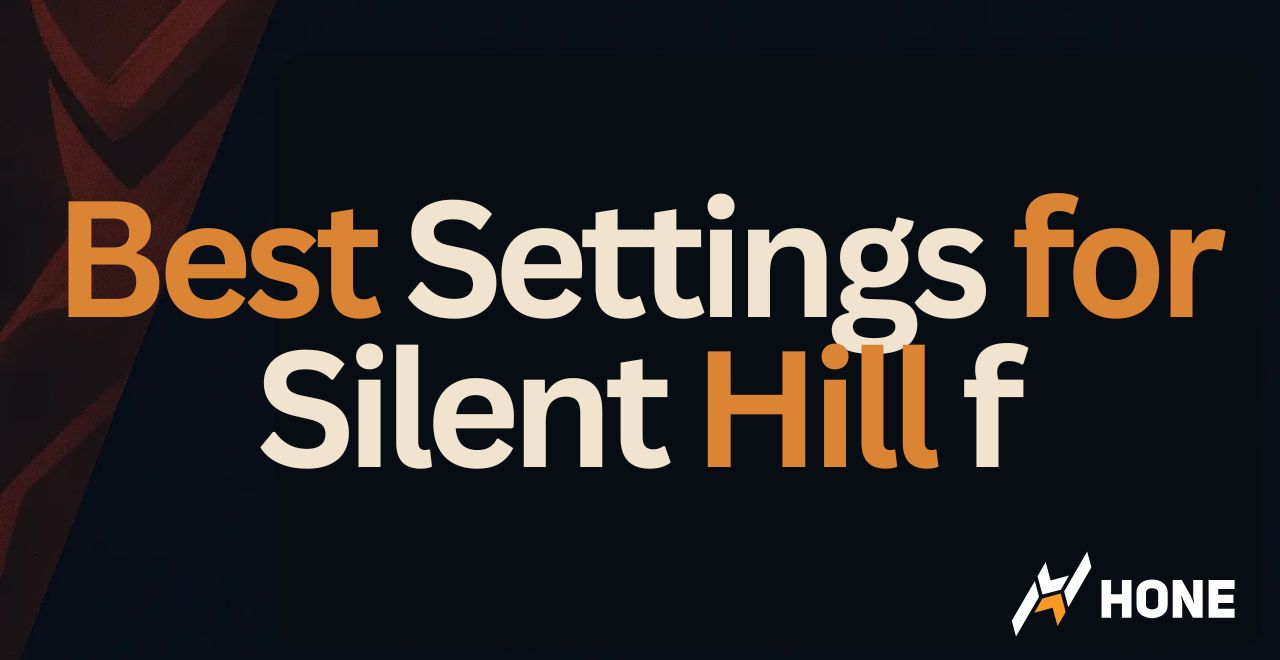

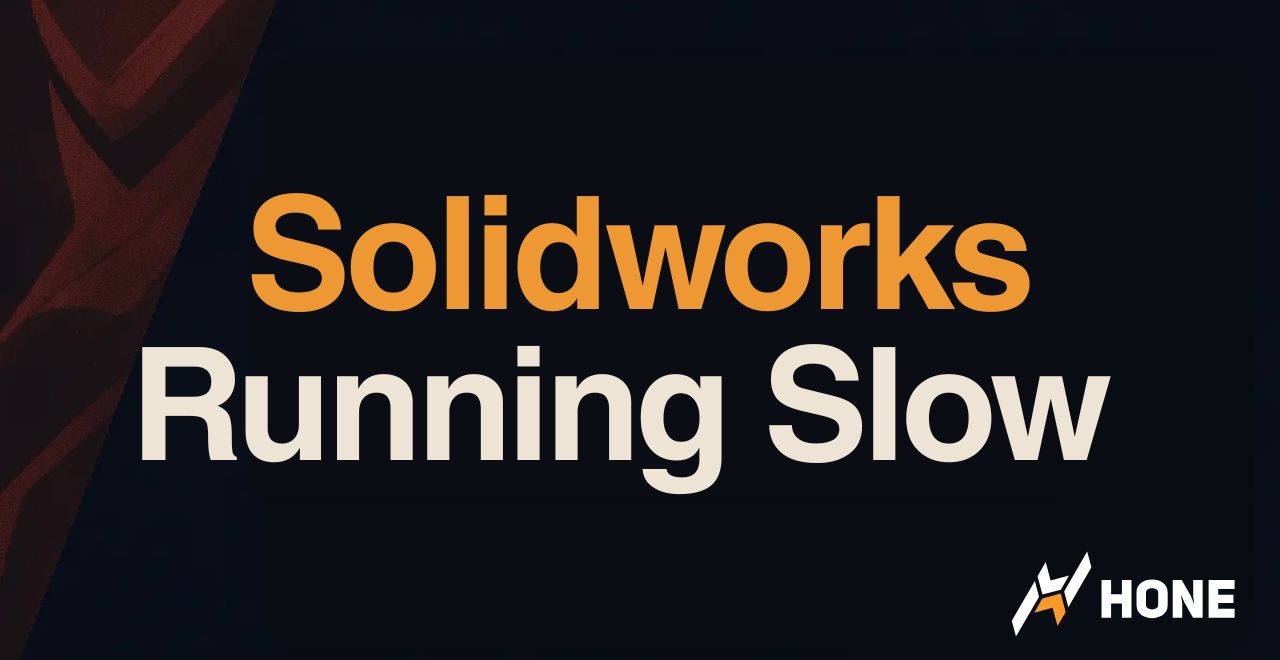

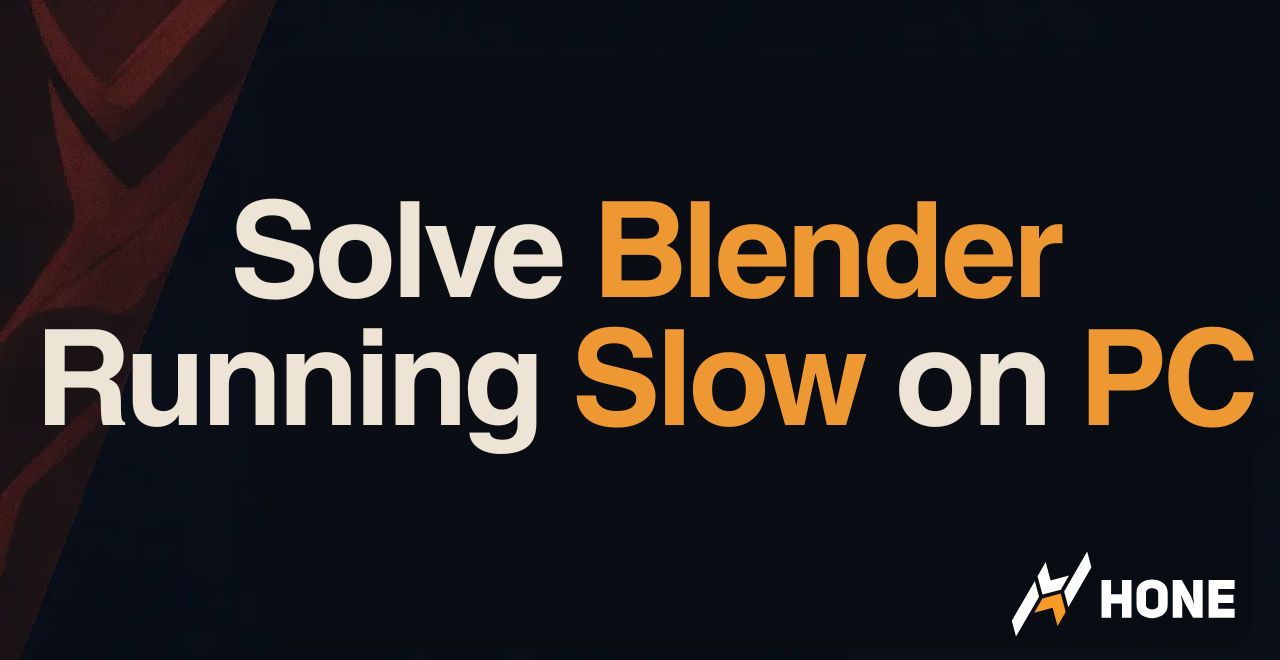

 Discord
Discord
 Instagram
Instagram
 Youtube
Youtube
 TikTok
TikTok